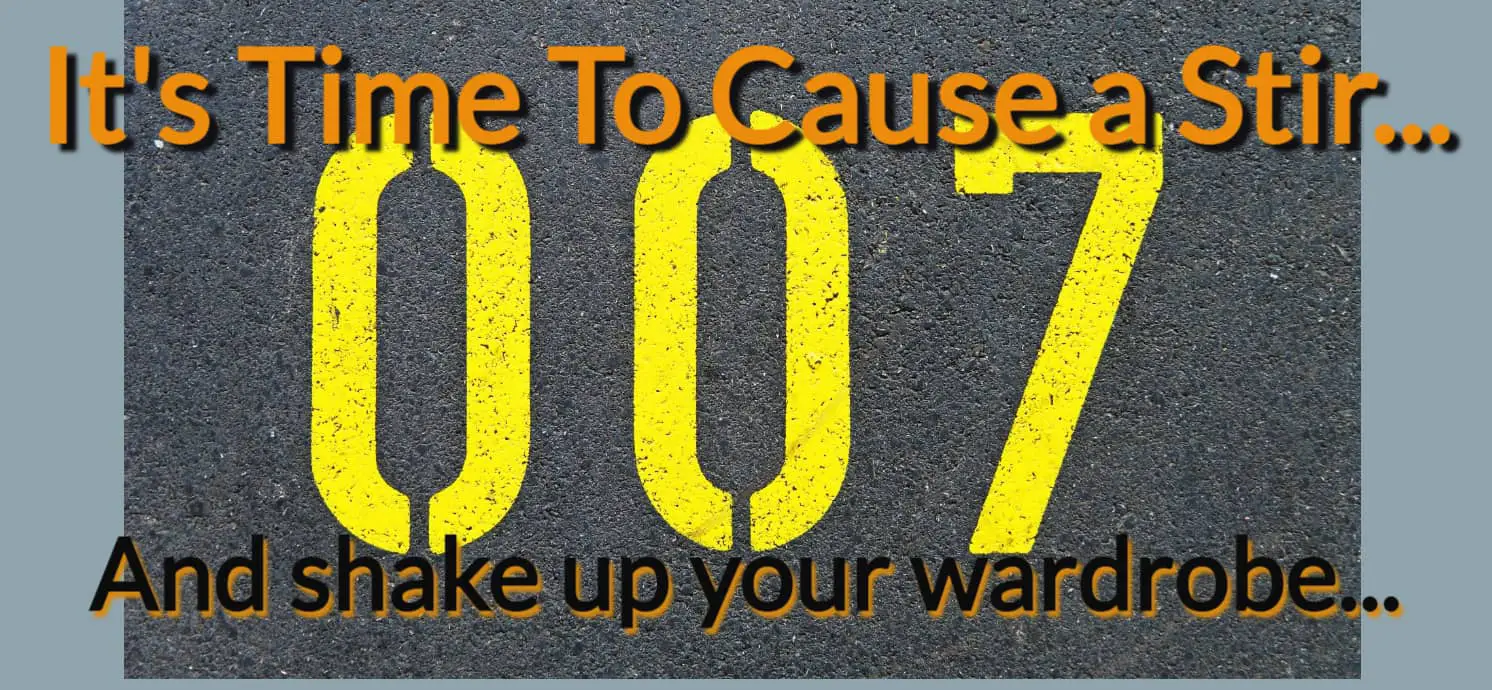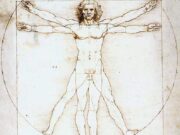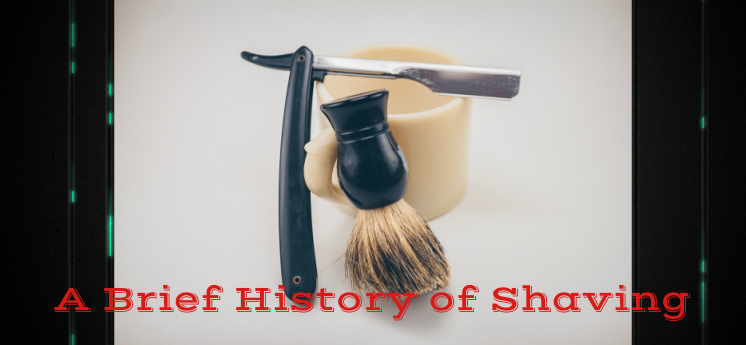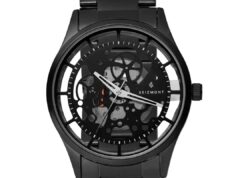Here’s a brief history of shaving facts you may not know.
The average man will spend 3,000 hours of his life shaving, almost enough time to watch the entire Lord of the Rings trilogy. It’s as integral part of the daily man regime as checking the morning stock prices or mourning the end of a six-pack at night. But it hasn’t always been thus. Throughout history, the capricious finger of fashion has wavered between big beards and smooth chins, signifying anything from virility and wisdom to chastity and stupidity along the way. We take a look at the magnificent narrative arc of facial hair, so here’s a brief history of shaving – Enjoy.
The Early Years
Men’s facial hair typically grows around six inches a year. For ancient man, therefore, beard growth was not a critical factor, since life expectancy was a little over seven years (based on the childish finger paintings that shame the walls of prehistoric caves). As man honed the rudiments of a) staying alive and b) basic perspective, the passage into adulthood brought the additional challenge of honing a beard.
Archaeological discoveries from burial mounds and pyramids tell us that early man kept their ‘Truckers’, ‘porn stars’ and ‘Manchus’ in trim with a ghastly shaving kit of flints, clam shells and pumice stone. For the ancient Egyptians, a hairless face was a sign of royalty. Later, the term ‘Barbarian’ would be applied to the full-bearded hooligans who dared test Greek civilization. In fact, Alexander the Great himself famously ordered his men to shave their beards before battle, for fear that enemy soldiers would grab them. Presumably in the days when ancient warfare was conducted in the playground.
Et tu, Tonsor?
Inevitably, the Romans made shaving an organised affair. On entering manhood, a Roman boy would be given his first shave. After that, it was a weekly Saturday morning trip with his dad to the ‘tonsor’, where men would gather to gossip, swap gladiator scores and discuss political assassinations. On the plus side, Romans could enjoy an early version of Barbershop, but with something akin to a skin-shreddingly blunt knuckleduster to look forward to as a razor, instead of Ice Cube with a well-balanced cut-throat. But it was worth it. Only slaves wore beards, whereas the aristocracy were clean cut. That is, a sub-genre of clean cut that incorporates sleeping with your horse.
Bearded Crusaders
Trust the Middle Ages to mess everything up. Suddenly, big beards were back in, a sign of manliness. Only the clergy were expected to be clean-shaven. Around 1290, the word ‘razor’ first crops up in the lexicon. In 1308, the Worshipful Company of Barbers is founded in England, the world’s oldest barber organisation. At this point, however, barbers also function as surgeons, pulling teeth, lancing boils and exposing witches. The red and white barber’s pole originates from this time.
To picture a beard from this era is to imagine a seething battleground of lice, abandoned food and probably mud. Luckily, King Henry VIII stepped in in 1535 and introduced a beard tax, despite the fact that he himself sported a fairly impressive chin rug. A hypocrite, perhaps. Vindicated, certainly.
The Shaving Revolution
Perhaps the single most significant date in the history of shaving is the year 1770. Put it right up there with 1789 and 1492. This was the year that Frenchman Jean-Jacques Perret published his ‘Pogonotomia’, a treatise on the art of shaving, and precursor to the launch of the cut-throat razor blade. Enter the badger brush, shaving foam, leather strop and whetstone. Perret’s razor would later be perfected by Sheffield Steel using their cutlery expertise. Today, look for quality brands like Germany’s Solingen and France’s Thiers-Issard.
The World’s Oldest Barbershop
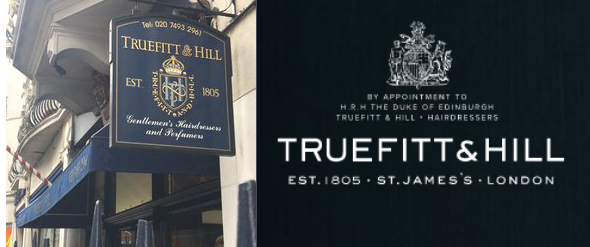
In 1805, Truefitt and Hill opens in St. James’s, London. Today, it is recognised as the world’s oldest barbershop. Famous clients to take the barber’s chair include Dickens, Churchill, Sinatra and (male) members of the Royal Family.
A safer alternative
Come 1847, and the daily dice with death in the reclining seat had a challenger. This was the year William Henson, who had already enjoyed a considerable lack of success with the steam-powered aeroplane, hit upon the idea of the hoe-shaped razor, with a fixed blade perpendicular to the handle rather than extending from it with a terrifying flick of the wrist.
The best a man could get
In 1903, King Gillette pioneers the disposable razor blade. Working the economic principle that selling an item to the customer once is not as preferable as selling it to them repeatedly (see printers and cellphone plans), he combines the standard hoe razor with a pack of disposable blades. Although not a hit at first, Gillette is selling 2.5 million blades by his second year, and US soldiers leaving to Europe to catch the end of World War I are issued with Gillette blades to keep the stubble, lice, and flamboyant facial hair at bay. That said, this is still a great war for moustaches, with some serious handlebars in both trenches.
Electric slide
Jacob Schick had already enjoyed considerable success with the sale of disposable razor blade clips, but in 1930 he went even further. Men didn’t want to lock and load a magazine of blades into their handle and raze emerging stubble. They wanted to shave in traffic, in meetings, during lovemaking. As a result, Schick produced the electric shaver, notching up sales of 1.5 million.
In the same decade, Old Spice was launched. Since 1937, its image has swung between gentleman’s accessory and middle school essential, but it remains the most popular after shave in the US to this day.
Blades of glory
Anyone who’s spent significant time in a Japanese prison camp or on a desert island will know the frustration and discomfort of shaving with rusty carbon steel blade. In fact, you might as well trim your beard with a porcupine. In 1965, Wilkinson Sword introduced the stainless steel blade. Just four years later, man stood on the moon. You connect the dots.
Throw it away
This is when the history of shaving took a giant leap for mankind. Trust the babyboomer generation to come up with the disposable razor, in 1975 to be exact. Baron Michel Bic added the disposable white and orange razor to the company portfolio, joining lighters, and pens. Surprisingly reliable and instantly recognisable, the Bic remains the refuge of the bearded man unwilling to fork out the price of a steak dinner on a fancy triple-bladed turbo thoroughbred.
Shaving miscellany
The history of shaving is fascinating. Whatever your razor blade, remember that according to superstition it is unlucky to cut your hair on a Sunday. Should you find yourself on the roster of a Big Four playoff team, you might also want to postpone shaving that beard until the final game is settled.
But here’s the thing, the lady in your life might like you hairy” have you asked her? Here’s how you can tell if she does















